Imagine stepping into a world where waterfalls crystallize into icy sculptures and the air sparkles with cold clarity. As you wander along a quiet wooden boardwalk, mist rises from the snowy forest and silence blankets the lakes. Welcome to Plitvice Lakes winter , where Croatia’s celebrated national park transforms into a land of frozen wonders, inviting you to experience a side of nature few ever see. Whether you crave adventure, tranquility, or magical landscapes straight from a storybook, Plitvice Lakes in winter delivers an escape like no other.
Unveiling the Magic: Why Plitvice Lakes Winter Adventures are Unforgettable
- A snowy hush blankets the lakes, waterfalls freeze into magnificent sculptures, and the air is crisp with the promise of untouched natural beauty.
- Experience a side of Plitvice Lake and national park few ever see.
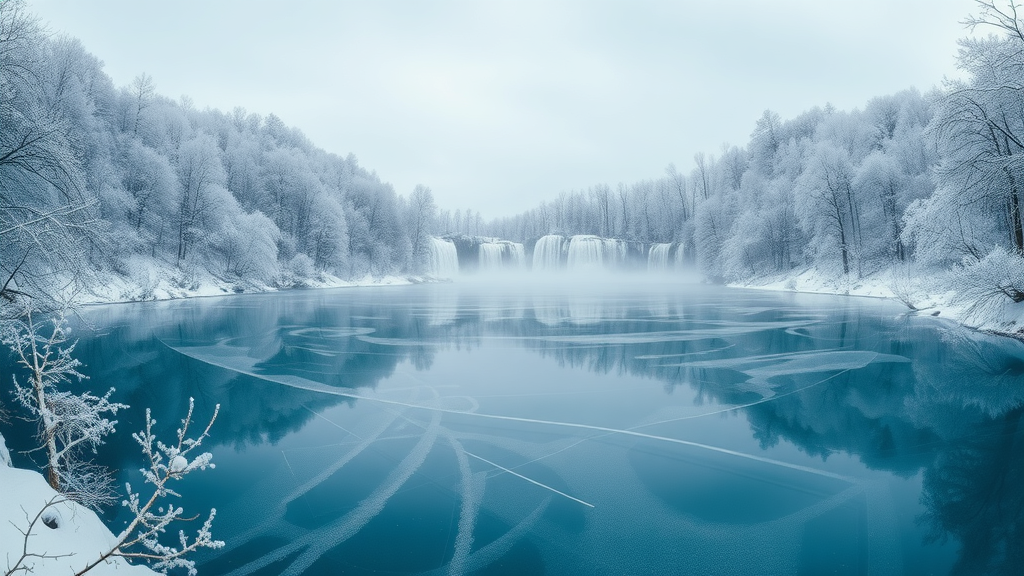
A winter visit to Plitvice Lakes is truly unforgettable. Unlike the bustling crowds of summer, these months bring a serene transformation. Snow blankets the landscapes, muting all but the sounds of nature. The waterfalls, usually vibrant with cascading waters, become intricate, frozen art immersed in mist. Each boardwalk, now frosted, leads to scenes of tranquil beauty, offering a once-in-a-lifetime photo opportunity for visitors. Trails, viewpoints, and even the air itself seem enchanted. The cold carries its own invitation: pause, look closer, and you’ll find hidden wildlife tracks in the snow, the subtle shimmer of sunlight on ice, and an overwhelming sense of solitude only winter can provide in a place this grand.
What Awaits: Your Guide to Plitvice Lakes Winter Exploration
- Why winter is the secret season for visiting Plitvice Lakes
- How to plan a safe and memorable trip to Plitvice Lakes National Park in winter
- Key highlights, practical tips, and must-see spots for your Plitvice winter adventure
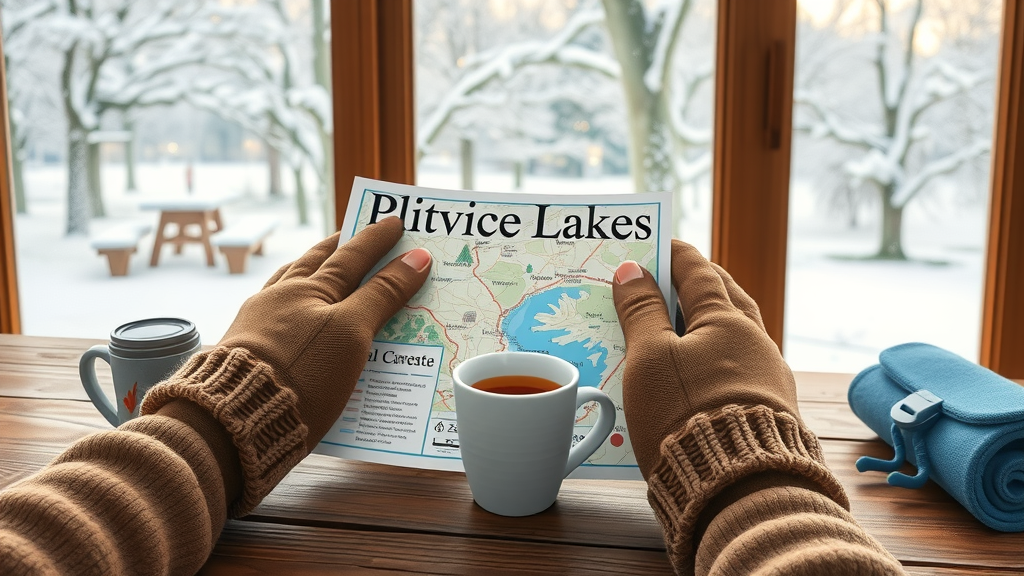
Plitvice Lakes winter isn’t just about scenic views—it’s about the total experience: tranquility, adventure, and newfound appreciation for nature’s artistry. Winter is Plitvice’s “secret season,” where fewer visitors mean more peaceful walks and the chance to see wildlife like deer or foxes curiously venturing near the trails.
- Start by choosing your ideal route: will you explore the famous Lower Lakes or venture deeper to the serene beauty of the Upper Lakes ?
- Dress warmly in waterproof layers, pack your camera, and check the park website for updates on open sections and weather. Don’t forget—icy trails and shorter daylight hours will shape your plans!
Overview of Plitvice Lakes National Park: Croatia’s UNESCO Treasure
Plitvice Lake and Surrounding National Park at a Glance
- Geographical location and significance
- UNESCO World Heritage status
- Typical landscapes and climate
Plitvice Lakes National Park sits in central Croatia, about halfway between Zagreb and the Dalmatian coast. Recognized as a UNESCO World Heritage Site , the park spans over 296.85 square kilometers, encompassing 16 interconnected lakes, dozens of waterfalls , and sprawling beech and pine forests. Its karstic terrain creates a landscape unlike any other, with lakes formed over thousands of years as water weaves through limestone and dolomite. This dynamic system, which includes both the lower lake and upper lakes regions, makes Plitvice an icon of natural beauty and biodiversity year-round.
The climate in Plitvice Lakes National Park is continental: summers are lush and green, while the winter months usher in cold temperatures, regular snowfall, and frequent freezing. Even in its quietest season, the lakes brim with hidden wonders—making Plitvice Lake winter an experience well worth the journey for any lover of landscapes or outdoor adventure.
How Plitvice Lakes Transforms in Winter
- Snow-covered forests and frozen waterfalls
- Reduced crowds for a tranquil experience
- Impact of the winter months on park accessibility
In winter , Plitvice Lakes National Park is reimagined beneath a thick quilt of snow. The cascading "big waterfall" (Veliki Slap), usually roaring with water, stands frozen mid-fall, sparkling in the pale sunlight. Tree branches bow under the snow’s weight, and the lakes in winter —including lake Kozjak —reflect the otherworldly beauty of surrounding forests. This is the best time of year for peaceful exploration, with far fewer visitors and a feeling of entering a pristine, untouched world.
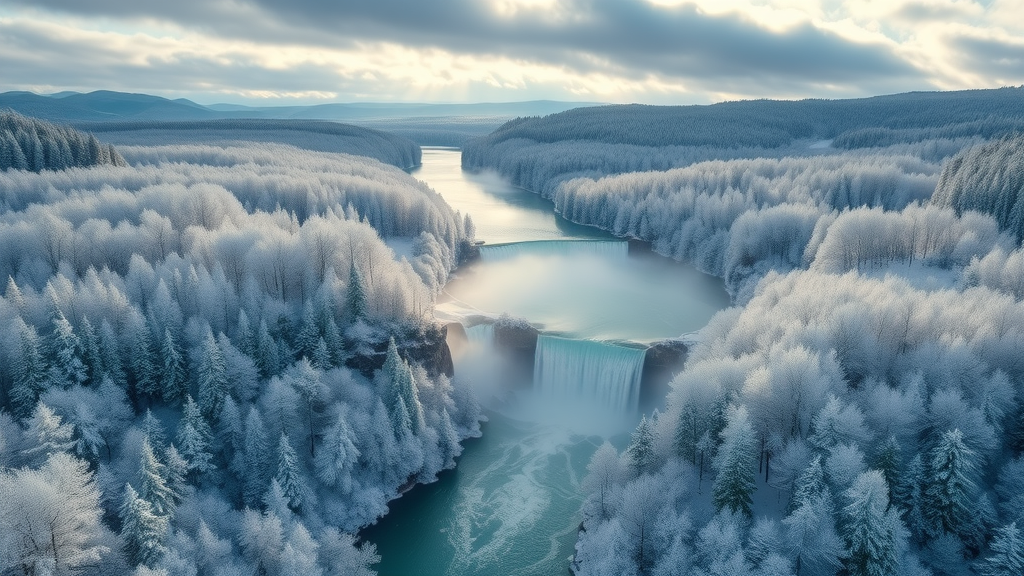
While winter brings an unparalleled sense of calm, it does change how you navigate the park. Some boardwalks and hiking paths, especially those around the upper lakes , may be closed due to snow or ice for safety reasons. However, central attractions like the lower lakes and major waterfalls remain open, allowing visitors to marvel at the frozen scenery up close. Always consult the national park website for the latest updates on open routes, safety guidelines, and weather advisories before planning your visit.
Plitvice Lakes Winter Experience: Lakes, Waterfalls, and Breathtaking Scenery
The Unique Beauty of Plitvice Lakes in Winter
- Icy cascades: Frozen waterfalls and their ethereal formations
- Lower Lakes and Upper Lakes: Seasonal changes and notable views
- Wildlife and flora in the colder months
Among the standout highlights of Plitvice Lakes in winter are the lakes and waterfalls , transformed into surreal, icy wonders. Frozen waterfalls like Veliki Slap form intricate patterns of crystal-blue icicles, sculpted by winter winds and spray. The stillness is captivating; beneath the ice, water flows silently, hidden from view but shaping the landscape. The lower lakes adopt a peaceful calm as the surface sometimes partially freezes, mirroring snow-laden trees and pale winter skies. Further up, the upper lakes present scenic vistas dotted with untouched snowdrifts, making this a photographer’s dream.
“Seeing the waterfalls of Plitvice Lakes National Park frozen in winter is like wandering through a crystal kingdom.”
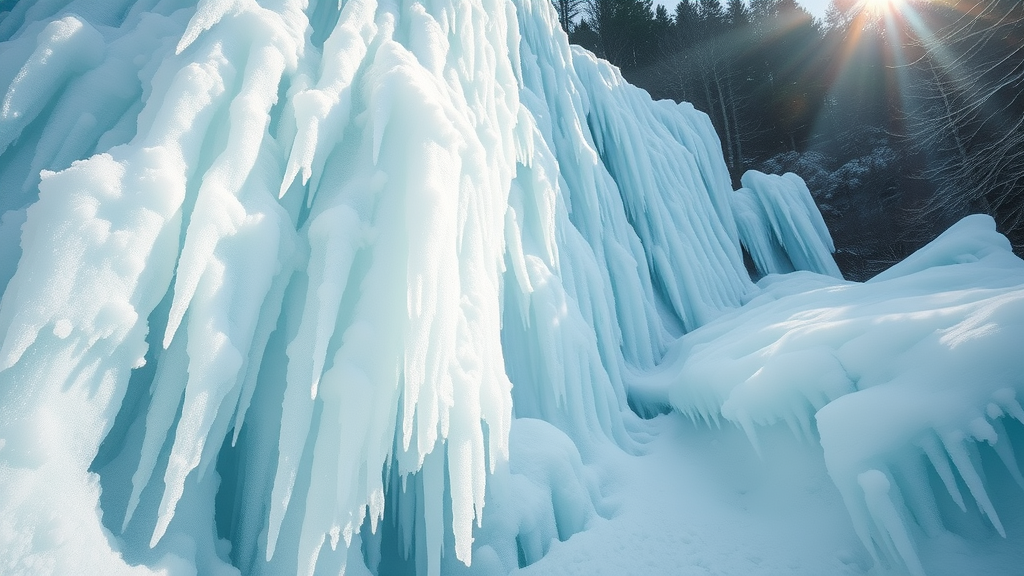
The colder months also reveal a new side of the park’s wildlife and flora. While many plants lie dormant, eagle-eyed visitors might spot winter birds, foxes searching for food, or the tracks of deer in fresh snow. The landscape is alive, but in subtler, quieter ways—proof of nature’s resilience even in the heart of winter.
Highlights of the Lower Lakes and Upper Lakes in Winter
- Lower Lakes: Accessibility and key photo spots
- Upper Lakes: Winter hiking trails and viewpoints
- Lakes in Winter: Safety tips along icy boardwalks
The Lower Lakes offer some of the most accessible and dramatic winter scenery in Plitvice Lakes National Park. Signature photo opportunities include the famous big waterfall (Veliki Slap) and several wooden boardwalk trails skirting icy pools and miniature falls. While some routes may be temporarily closed due to snowfall, main pathways are usually maintained, making this area a must-visit for winter explorers.
The Upper Lakes , when accessible, reward visitors with tranquil hiking trails, scenic viewpoints, and the dreamlike calm of lakes ringed with untouched snow. Hiking here gives a powerful sense of solitude—perfect for those who love immersive nature experiences far from the crowds. However, due to challenging winter weather and potential ice, always respect trail closures and keep to marked paths for safety. The stark beauty and peacefulness found here in winter make your journey truly unforgettable.
Safely navigating icy boardwalks is essential; wear sturdy, slip-resistant boots and always check the latest status on the park website for updates on open trails and weather conditions. Keeping to these safety tips ensures every moment at Plitvice Lakes in winter is both magical and secure.
Visiting Plitvice Lakes in Winter: Practical Information and Tips
Park Hours and Entry During the Winter Months
- Official opening times during winter season
- Which walking routes and gates remain open
During the winter season , Plitvice Lakes National Park typically opens later and closes earlier than in summer, with main entrances (like Gate 1) accessible from morning to dusk. Specific hours can vary by month, so always verify on the national park website before you go. While some lesser-traveled paths may close due to snow accumulation, flagship routes around the lower lakes usually remain open, ensuring you can still experience the park’s most impressive frozen waterfalls and scenic points.
Staff monitor trails daily and post closure notices when needed, so check signage and obey all warnings. Despite reduced park area, a winter visit provides access to iconic views minus the crowds, making your time in the national park both enjoyable and peaceful.
Essential Packing List for Plitvice Lakes Winter Adventures
- Clothing recommendations: Stay warm and dry
- Footwear for icy and snowy conditions
- What to pack for photography
Preparing for a winter adventure in Plitvice Lakes requires proper clothing and gear. Dress in moisture-wicking thermal layers, an insulated jacket, thick socks, waterproof boots with good traction, gloves, a hat, and a scarf to stay comfortable in cold, windy conditions. If you plan to spend several hours outdoors, pack a small thermos of tea and some high-energy snacks for quick breaks.
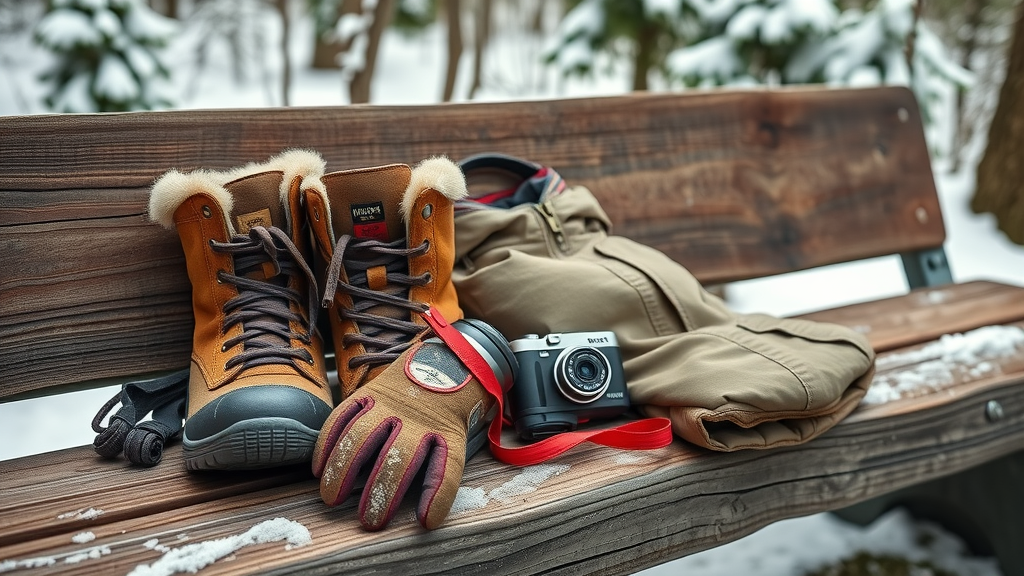
For photography enthusiasts, protect your camera against moisture and cold with a weather-resistant bag and bring extra batteries (cold depletes them quickly). A lightweight tripod can help capture those long-exposure shots of icy waterfalls and the soft afternoon snow. Finally, a small backpack to hold essentials, plus sunglasses to combat snow glare, will ensure a comfortable and productive outing.
Where to Stay: Hotels Near Plitvice Lakes National Park (Featuring Hotel Jezero)
- Hotel Jezero: Comfort and convenience at the park edge
- Nearby guesthouses, lodges, and winter accommodations
- Booking tips for the winter season
Staying close to Plitvice Lakes National Park lets you maximize your winter adventure without worrying about winter road conditions or early park closures. Hotel Jezero stands out as a popular, comfortable option right at the park entrance. Rooms are cozy, and the in-house restaurant offers nourishing meals—a treat after a chilly day of exploring. Guesthouses and lodges scattered throughout nearby villages like Mukinje or Rastovaca provide alternatives, with many embracing a rustic, homey atmosphere ideal for warming up by a crackling fire.
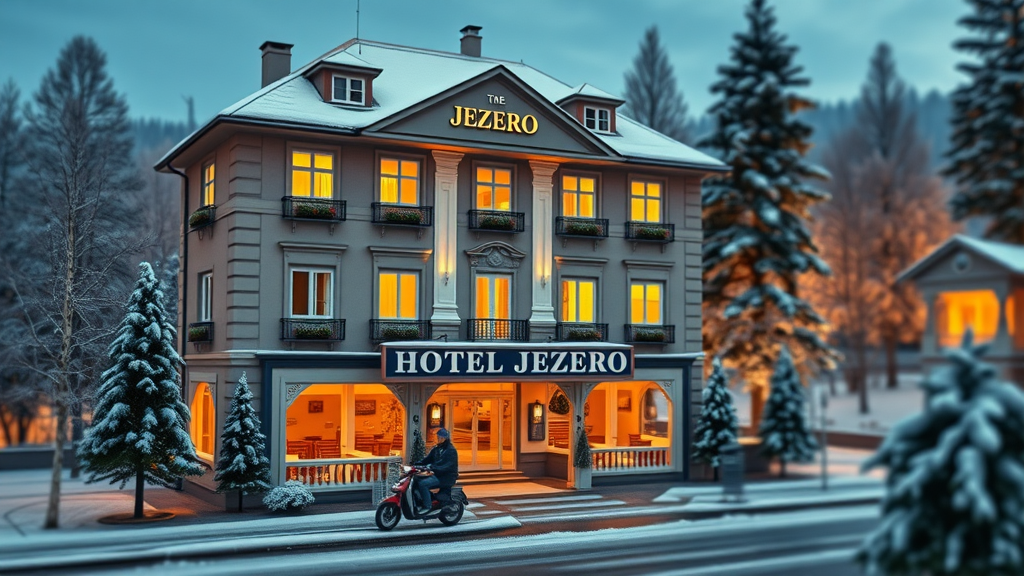
Booking in winter is often easier than in summer, but weekends and holidays can still fill quickly due to increased interest in winter tourism. Reserve in advance via the hotel’s official site or reputable booking engines, and always check for winter rates and cancellation policies to ensure flexibility. Staying at Hotel Jezero or nearby accommodations ensures you're just steps from the snowy trails and frosted lakes that make a plitvice lakes winter stay so enchanting.
Best Ways to Visit Plitvice Lakes in Winter
Is a Day Trip to Plitvice Lakes in Winter Worth It?
- Pros and cons of a day trip from Zagreb
- Sample day trip itinerary
- Getting the most out of a short winter visit
A day trip from Zagreb to Plitvice Lakes National Park in winter can be a great option for those with tight schedules. The 2-2.5 hour drive (weather permitting) brings you from Croatia’s lively capital into serene wilderness. The main benefits? Reduced admission fees, fewer tourists, and magical views unobstructed by crowds. On the flip side, shorter winter days and possible icy conditions mean less time onsite and an early start to make the most of the daylight.
A typical day trip itinerary: depart Zagreb at sunrise, arrive as the park opens, focus your visit on the Lower Lakes and easily accessible frozen waterfalls like Veliki Slap, take plenty of photos, warm up at a local restaurant or in a heated shelter, and return to Zagreb before dusk. While it may not allow for a deep-dive exploration, a well-timed day tour delivers a rich, memorable taste of Plitvice lakes winter beauty.
How to Get to Plitvice Lakes National Park in the Winter Season
- Traveling by car, bus, or organized tour from Zagreb and Split
- Essential winter driving tips for Croatia
- Navigating park shuttles and transfers in snow
Getting to Plitvice Lakes National Park in winter offers several options. From Zagreb , you can drive, catching snow-dusted highways and then winding rural roads to the park entrance. Make sure your rental or personal car is equipped with winter tires and check the weather forecast before departure. Buses from Zagreb and Split run daily (with more limited schedules in winter), dropping passengers near the main gates. Alternatively, several companies offer organized tours , which take the stress out of navigation and offer helpful guidance along wintry trails.
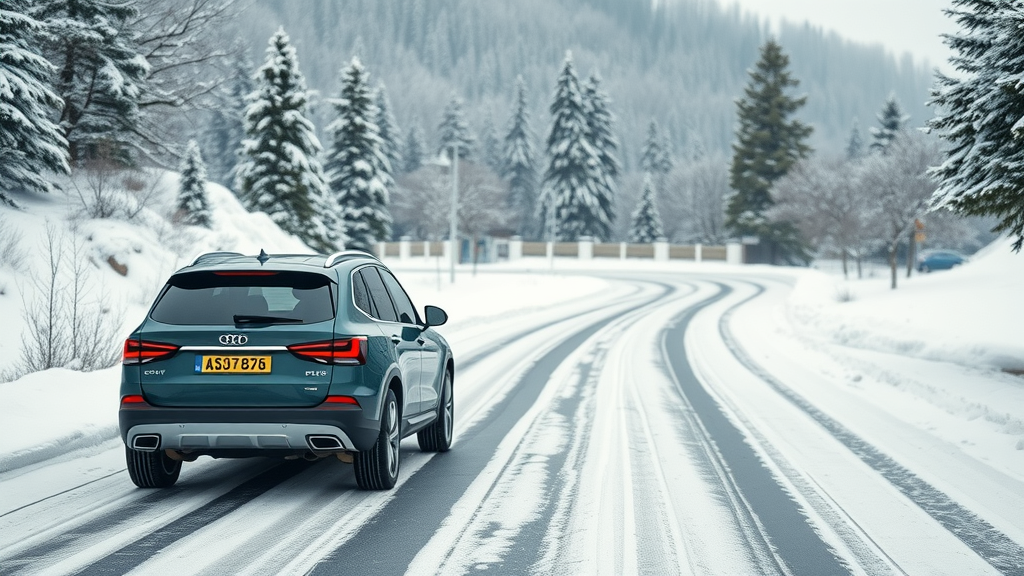
Winter conditions, particularly after heavy snow, can impact road safety—drive slowly, maintain extra distance, and carry emergency supplies. Once at the park, shuttle buses may operate on a more limited schedule, so check times at the visitor center or park website to avoid missing your ride. Whichever route you choose, the journey is as scenic as the destination, with snowy forests and glittering fields lining the approach to this natural wonder.
Guided Tours vs. Independent Exploration
- Benefits of guided tours in winter
- Planning your own route and must-follow safety guidelines
Choosing between a guided winter tour of Plitvice Lakes and self-guided exploration depends on your style. Guided tours, available from Zagreb, Zadar, and Split, offer group camaraderie, transportation, and guides who know the latest on open trails and park history. This option is especially convenient if you’re unfamiliar with winter hiking or want a stress-free experience.
For independent travelers, visiting Plitvice Lakes in winter is an invitation to explore at your leisure. Plan routes using the latest trail maps, bring all-weather gear, and keep emergency contacts handy. Above all, follow closure notices and only use marked paths, as ice and snow can hide hazards. Both approaches offer memorable perspectives on the region, but safety, preparation, and respect for changing conditions are always priorities.
| Aspect | Summer (Peak Season) | Winter (Low Season) |
|---|---|---|
| Crowds | High | Low |
| Entry Fee | Higher | Reduced |
| Park Openings | Full Access | Partial Access |
| Photo Opportunities | Lush green views | Icy sculptures, frozen waterfalls |
Top Activities at Plitvice Lakes National Park in Winter
Winter Hiking and Snowshoeing Trails
- Most scenic winter-friendly trails
- What to expect (snow depth, markers, etc.)
One of the best ways to soak up Plitvice Lakes National Park in winter is by embracing its array of snowshoeing and hiking trails . The primary walking paths near the Lower Lakes are generally maintained year-round, allowing safe and scenic routes through some of the park’s most iconic frozen waterfalls and sparkling lakes. Snow depth fluctuates, but staff keep popular tracks clear where possible, and trail markers are easy to follow (though you should always double-check at the entrance).
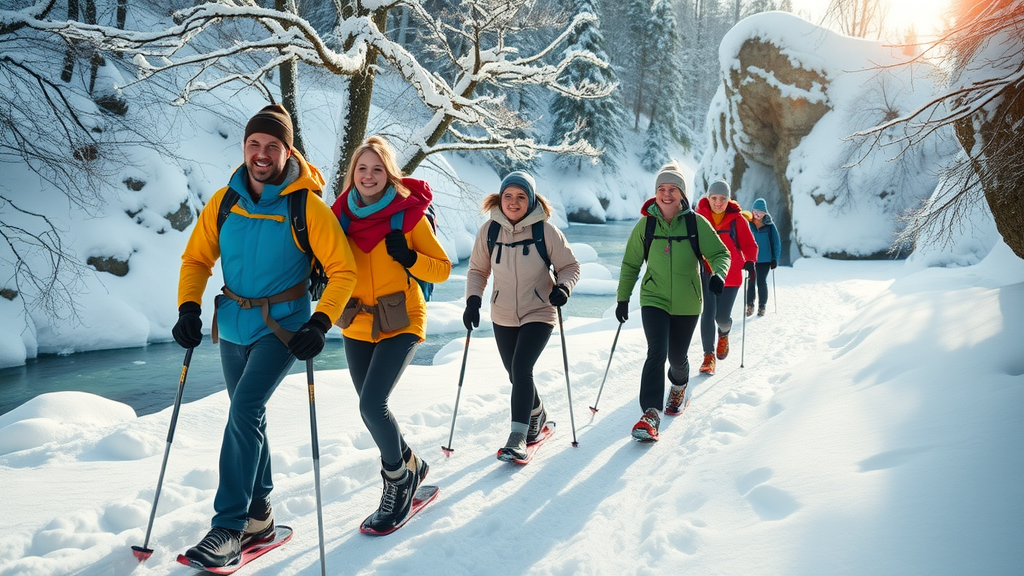
Expect some trails to be slippery or closed, especially those navigating higher elevations or wooden bridges. Renting snowshoes nearby is often possible, and don’t miss the thrill of breaking fresh powder underfoot—it’s a peaceful adventure that rewards early risers and those eager to see winter’s magic up close. Guided hikes and small group treks offer both safety and expert insights into the park’s changing scenery throughout the winter months.
Photography Tips: Capturing the Majesty of Lakes in Winter
- Recommended spots for winter photos
- Camera settings for snow and ice
Every inch of Plitvice Lakes in winter begs to be photographed, with spectacular scenes around every turn. The wooden boardwalks that snake above turquoise pools, the big waterfall (Veliki Slap) mid-freeze, and the panoramic views from the western crest of the park are prime photography locations. Early mornings deliver the best light—soft, golden pockets breaking through the frosty air and illuminating frozen cascades.
For crisp shots of sparkling snow and ice, use exposure compensation (+1 or +2 EV) to prevent your camera from underexposing, and consider a polarizing filter to bring out the blue tones in the frozen lakes. Keep lenses clean and batteries warm in an inside pocket, and don’t hesitate to put your camera down for a moment to simply soak it all in—this is one landscape you’ll want to remember on and off screen.
Wildlife Watching During the Plitvice Lakes Winter
- Animals active in winter months
- Best times of day and locations to spot wildlife
Although many creatures hibernate, some wildlife remain active throughout Plitvice Lakes winter , leaving fresh footprints in the snow for attentive visitors to discover. Early morning and dusk are the best times to quietly observe deer, foxes, or squirrels darting along the quieter side of the lake or beneath stands of pine. Birdwatchers may delight in seeing species like woodpeckers, jays, or even the rare golden eagle.
“Plitvice in winter is quiet but alive—deer, foxes, and birds make silent tracks through the snow.”
With fewer tourists around, animals are often more visible. To maximize your chances of a sighting, walk slowly along less trafficked boardwalks, avoid sudden noise, and always watch for subtle signs in the snow. Winter rewards those who are patient and keen-eyed, revealing a secret side of the park’s vibrant natural life.
Tips for a Safe and Enjoyable Plitvice Lakes Winter Visit
- Boardwalk safety: Slippery sections and closure notices
- Respect for nature: Leave no trace in the national park
- Weather conditions: How to check forecasts and adapt plans
Safety and sustainability are core values for any winter visit to Plitvice Lakes National Park . Boardwalks can become icy, so always tread carefully, use handrails where available, and heed all closure signs. It's a privilege to experience such fragile beauty—help preserve it by never leaving trash, avoiding stepping off established paths, and respecting the protected wildlife and plant life.
Make it a habit to check hourly weather forecasts on the park website before heading out. Winter can turn from calm to stormy quickly, impacting not only your plans but also your safety. Adapting to nature’s rhythm, rather than challenging it, is what makes every day at Plitvice Lakes winter uniquely rewarding and safe.
Nearby Attractions: What Else to See After Visiting Plitvice Lakes National Park
- Rastoke village: Picturesque watermills in snow
- Barac Caves: Subterranean wonders near Plitvice Lake
- Day Trip Options: Winter suggestions from Zagreb or Split
Once you’ve immersed yourself in the winter wonders of Plitvice Lakes National Park , extend your adventure by exploring nearby attractions. Rastoke village , just a short drive away, is famed for its fairytale watermills perched over snowy cascades—ideal for photography and a warm meal beside a fire. The Barac Caves , open for guided tours even in winter, reveal hidden chambers of stalactites and underground streams.
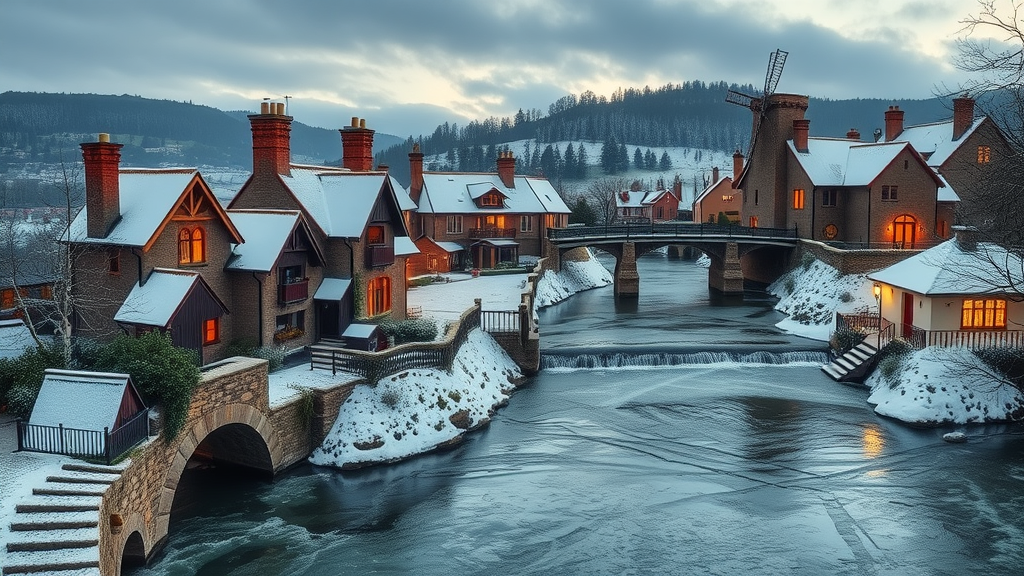
For those with extra time, day trips to or from Zagreb and Split are a great option, connecting you with wintry city streets, holiday markets, or scenic coastal views—all in the quieter embrace of Croatia’s off-season. Whichever destination you choose, every stop deepens your appreciation for this country’s winter magic.
People Also Ask
Can you visit Plitvice Lakes in winter?
- Yes, Plitvice Lakes National Park is open throughout the winter season. While some sections may close due to heavy snow or safety, major areas including the lower lakes and principal waterfalls remain accessible. Winter transforms the park into a tranquil, frosted landscape ideal for hiking, photography, and quiet exploration.
Is Plitvice Lakes open in January?
- The park is open in January. Check the official website for up-to-date entry times and available routes, as some pathways may periodically close for maintenance or weather-related reasons. Core highlights such as the lower lakes are typically accessible.
Is Croatia worth visiting in winter?
- Absolutely. Croatia in winter offers serene landscapes, reduced tourism, and unique seasonal activities. Beyond Plitvice Lakes, explore snowy villages, warm local cuisine, and historic coastal cities minus the summer crowds.
Which is better, Krka or Plitvice?
- Both Croatia’s Krka and Plitvice Lakes national parks have distinct charms. Krka is more accessible year-round and allows swimming in summer, but Plitvice’s extensive network of lakes and its fairy-tale winter scenery make it truly unforgettable in the colder months.
Frequently Asked Questions about Plitvice Lakes Winter
-
What time does the park open and close in winter months?
Plitvice Lakes National Park’s hours typically shorten in winter. Check the park website before your visit, as times change according to daylight and weather. -
Can I drive to Plitvice Lakes National Park if it snows?
Yes, but ensure your vehicle is winter-ready and always check local road conditions. Winter tires are mandatory, and drive slowly on mountain roads. -
Are there restaurants or warm shelters inside the park?
Yes, several restaurants and cafes operate near the main entrances in winter, and heated indoor spaces are available at major entrances for warming up. -
Any restrictions on photography in winter?
No special photography restrictions exist, but always keep to designated trails and avoid blocking narrow boardwalks for safety during shooting.
Essential Takeaways for Your Plitvice Lakes National Park Winter Visit
- Plitvice Lakes in winter is less crowded yet visually stunning
- Prepare for cold and icy conditions; key trails may be closed
- Enjoy serene nature, striking frozen waterfalls, and magical landscapes
Get Ready for a Magical Winter at Plitvice Lakes!
- Start planning your Plitvice Lakes winter adventure—research hotels like Hotel Jezero, pack your warmest gear, and experience Croatia’s national park like never before.
 Add Row
Add Row  Add
Add 




Write A Comment